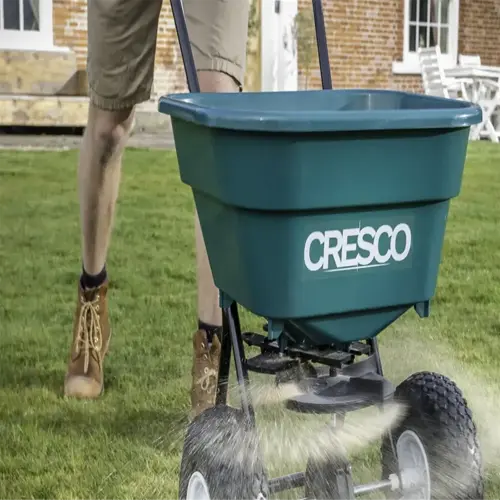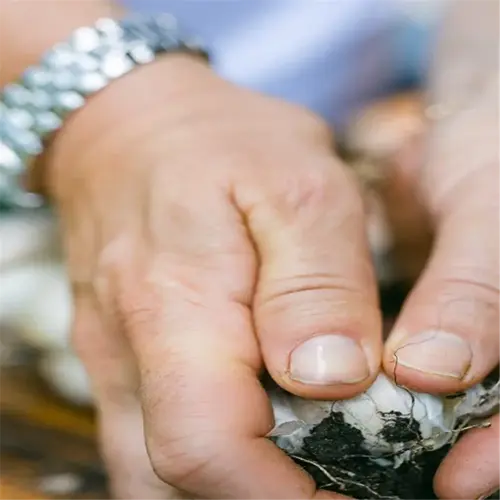What happens if hydrangeas aren't pruned?

Written by
Paul Reynolds
Reviewed by
Prof. Charles Hartman, Ph.D.Besides becoming tangled thickets, unpruned hydrangeas create crowded stems, preventing sunlight and air from reaching the weaker blooms. I had the experience last summer of a visit to a garden where unpruned panicle hydrangeas had blooms that were mere halves of their usual size. Deadwood brought aphids to the scene, setting them free on nearby roses. The cost of neglect far outweighs the time it takes.
Mature wood varieties, such as mopheads, can flower without pruning, but many blooms are sacrificed. New wood types, like panicle hydrangeas , experience the greatest decline as flower heads get smaller and longer stems droop down to the ground. I have witnessed unpruned plants break completely, so structural integrity means just as much as aesthetics!
Structural Risks
- Crossing branches rub bark, creating entry points for pests
- Top-heavy stems snap in storms
- Root competition reduces nutrient uptake
Disease Prevention
- Deadwood hosts powdery mildew spores
- Crowded canopies trap humidity, promoting fungal growth
- Unsterilized tools spread blight between plants
A client had a hydrangea for three years without any pruning. The plants are still alive, but they look like woody shrubs, with no blooms and just a few leaves. Over the last couple of years, we removed 40% of the old wood. Now they look great. Gradually correcting pruning over time is better than severe cutting.
Read the full article: When to Prune Hydrangeas: A Step-by-Step Guide

